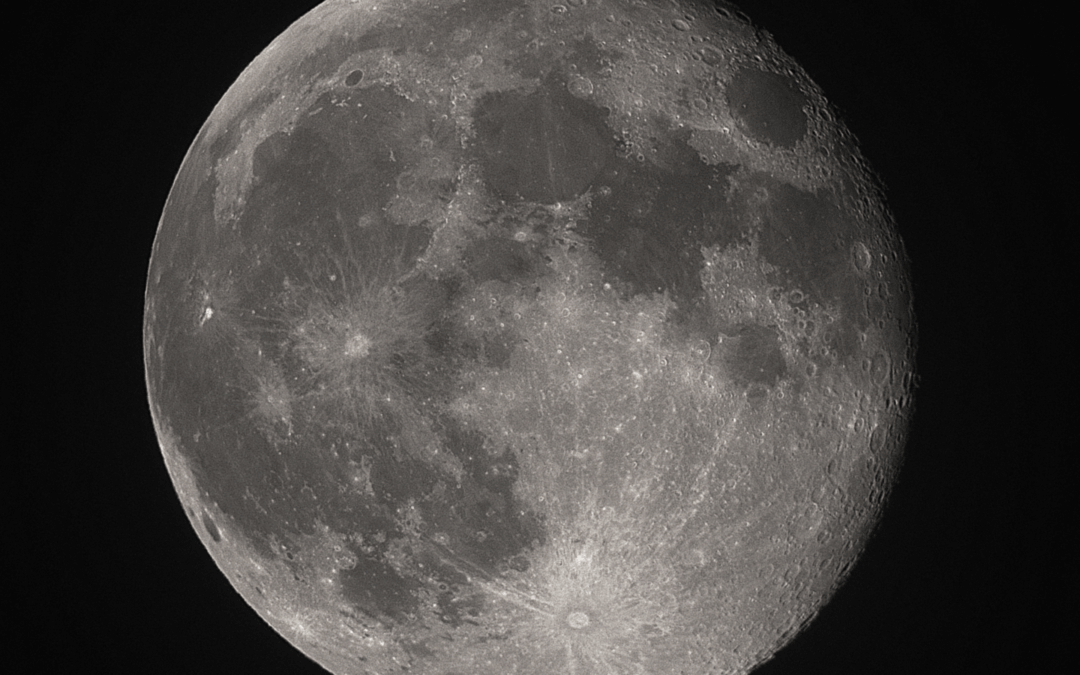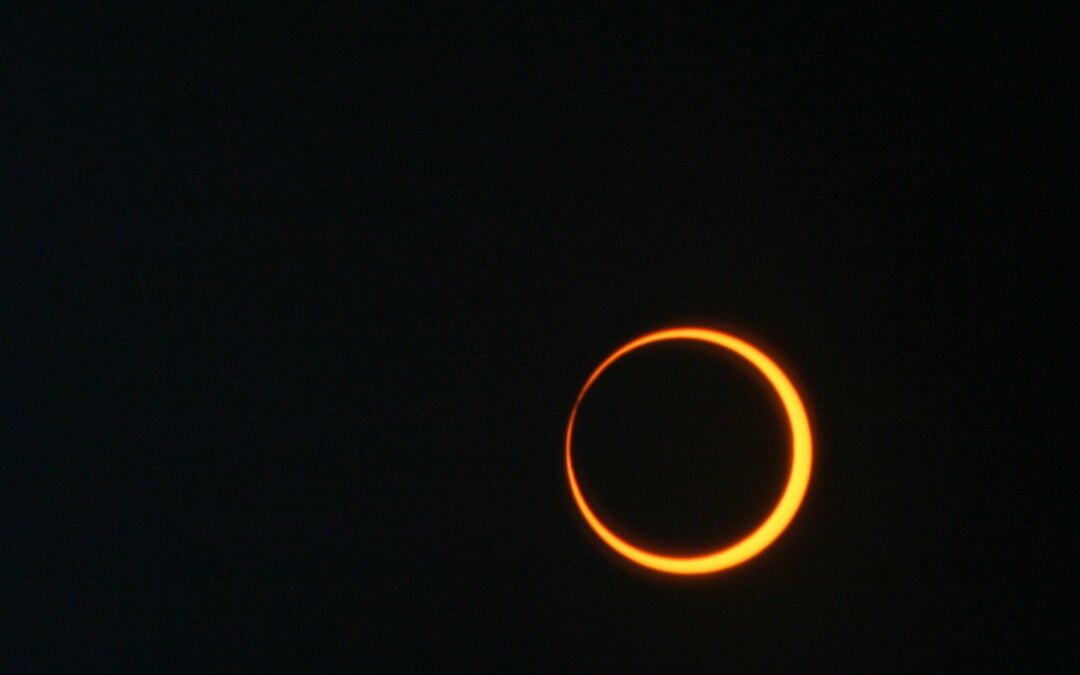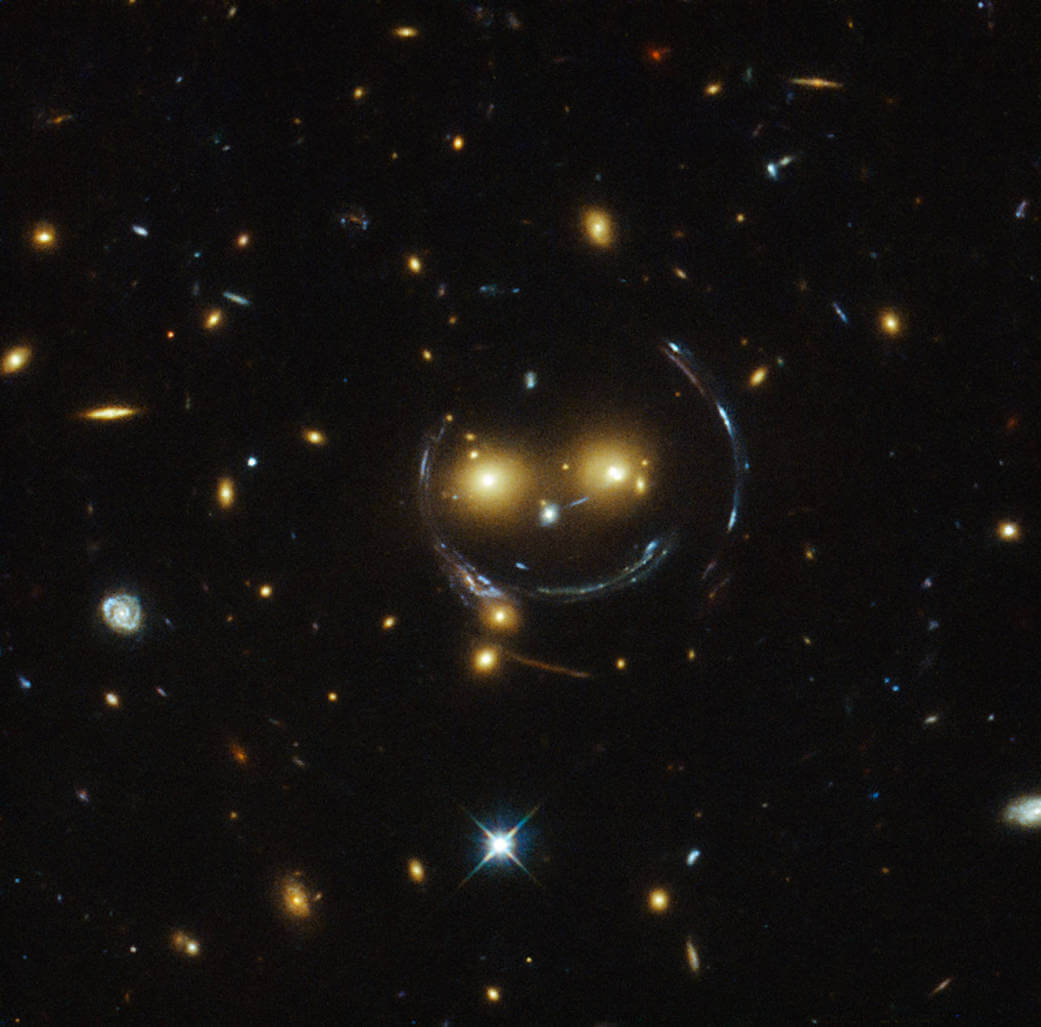Here’s an extra special observing opportunity you won’t want to miss! You may be able to spot the JWST in the night sky right after its launch, and on December 31st, six days after; the moment when the JWST unfurls its sunshield. JWST is the most powerful space telescope ever built, and is scheduled to launch December 25, 2021, between 7:20 – 7:52 am EST. (Watch the launch on YouTube or NASA’s website!)
JWST Facts
The JWST is one of the successors of the Hubble Space Telescope with a strong focus on infrared observations, and will possess the capability to peer even farther into the cosmos, even catching light from the universe’s very beginning.
Its centerpiece is a giant gold-plated mirror (21.3 feet/6.5 meters in diameter) that will unfold as the telescope travels to its eventual home at Earth’s second Lagrange point.
Lagrange points are locations in space used by spacecraft to stay in place while reducing fuel consumption. Other spacecraft like the Herschel Space Observatory, the Wilkinson Microwave Anisotropy Probe (WMAP), and the Planck Space Observatory were previously positioned at Earth’s second Lagrange point.
Because it’s so big, the JWST will be folded up inside the nose cone of an Ariane 5 rocket during its launch from French Guiana. After a successful launch, it will require six months of “commissioning” in space — getting situated and ready — before starting to make observations from its orbit 1,000,000 miles (1.5M km) from Earth.
The JWST will be observable with a telescope!
We’re inviting citizen scientists to begin observing the JWST for the first 14-20 hours following its launch, before it becomes to faint to observe. Then, you will have another chance to observe, starting the night of December 31st, the 6th day after launch. When the JWST deploys its tennis-court-sized sunshield, the resulting increase in brightness may be visible with your telescope. Observations collected by the Unistellar Network and other citizen scientists might include a lightcurve of the brightness change!
How to observe JWST with your eVscope
To help you observe the new space telescope, we’ve developed a brand new tool that can be used by anyone with a telescope: Moving Target Ephemerides. Just enter your location (address) and your observing date and time to get all the position information you need to spot the JWST. For eVscope users, the tool will also provide a link that will automatically open the Unistellar app and input the correct parameters.
Detailed Instuctions
- On your smartphone, visit our Moving Target Ephemerides page.
- In the Ephemeris Parameters section, select James Webb Space Telescope, enter the location where you’ll be observing, as well as the date and local time when you’ll be observing. Then, click on Generate to get your results.
- After a few seconds, the Ephemeris Results section will appear below. Here, you can find a list of coordinates for the night. Each line corresponds to the position of JWST at a specific time.
- If JWST is visible for your location, you will be able to click on the smartphone icon that will open your Unistellar App and fill the Planetary Defense section with the correct coordinates.
- If JWST is not visible, a crossed-out eye icon will appear.
- The duration, gain and exposure time should automatically be added in the Planetary Defense menu. If not, please use:
Gain: 25 db
Exposure Time: 3971 ms
Duration: 10min00s
- Set up your eVscope, check the collimation, check the focus, and compute your ephemeris with your smartphone (see above in Detailed Instructions)
- For example, if you want to observe JWST at 10 PM PST, you should be ready 10 minutes in advance. (Make sure you’ve successfully completed Field Detection.)
- To avoid an issue that may be fixed soon on iOS, you should then close out the App.
- At 9:50 PM: on the Moving Target Ephemerides page, in the results section, click on the smartphone button associated with the 10 PM time slot to send the information to the Unistellar App.
- The Planetary Defense mode on the App will open with the right coordinates and observing parameters
- Click on GoTo to point to JWST.
- At 9:58 PM, Launch the recording. Check the screen and you will see JWST passing by!
- Well done! You have recorded your first observation of JWST traveling to one of Earth’s Lagrange points.
- We encourage you to record several observations by repeating the procedure described above.
What should you do after you observe?
- Upload your observation
- Please fill out this form to let us know you observed and we will process your observation.
- You will receive a report from us.
Thank you for participating in this mission with us! Together we can support the JWST and other space missions in the future!
If you have any questions, please reach out to us at [email protected].
Further readings
Unistellar Community Included In Multiple Scientific Papers
Did you know Unistellar Citizen Astronomers are often cited in published scientific papers? Find out how you can contribute too!
What Are the Names of All the Full Moons in 2024?
Discover the enchanting names of the full moons in 2024. Delve into the unique character of each lunar spectacle and embrace the allure of the night sky.
New Unistellar App Update: Version 3.0
The latest Unistellar App Update, version V3.0, is now live. Explore a smooth stargazing experience !
What to Observe This November: Open Star Clusters and More
These Halloween deep-sky objects will add some light to those dark, spooky nights. Treats, tricks, and telescopes await!
When Is the Next Solar Eclipse, and How to Observe It With a Unistellar Telescope
An annular solar eclipse is visible from the Americas on October 14. Learn how to witness the Ring of Fire with your Unistellar Telescope!
Halloween Observing Guide: Spooky Deep-Sky Objects
These Halloween deep-sky objects will add some light to those dark, spooky nights. Treats, tricks, and telescopes await!





